Vocabulary
Ji, 笄 (jī) - the most simplistic hair accessories to secure updos used by ancient Chinese.
Zan, 簪 (zān) - a more complex version of Ji. What hanfu hairpins are now called. On one end are accessories, and the other is a pin that is inserted into a hair bun.
Chai, 钗 (chāi) - also a hairpin quite similar to Zan. Chāi have two split pins on one end. The two pins will get pushed into the hair bun and stay much more securely than one pin in Zan and Ji.
Guan, 冠 (guān) - literal translation is "crown". The crown in ancient China looked more like a net hat that encompassed hair buns within. Based on the crown, any sort of hairpin can be used to further secure the hat to the head.
Materials and Purpose
Ji are considered the earliest and plainest hair accessories. It takes on the shape of a stick with or without a simple carved out design on one end and a single stick on the other. It is often carved out of a single piece of material or cut out separately then assembled at the end.
This accessory is said to exist even before civilization. During those periods Ji would mainly be made from bones, rocks, wood, and elephant tusks. With civilization, the range of materials used to make them increased to include many others such as jade and gold.
Ji has two common uses. One usage would be to secure the hair in a bun. Women and men alike can use this since in ancient China, both genders left their hair to grow long. People tend to assume it is a women's accessory before realizing that men can also use it. The second usage is to pair the Ji with other head accessories such as hats or heavier accessories that need further securing. In this case Ji will serve as a large bobby pin that may or may not have carved decorations. The pin end will be inserted into the hair, through the gap of the crown accessories to secure it to the hair bun. You can see it as ancient Chinese men tying their hair into a high bun and having those small hats or circular hoops wrapped around the bun. Depending on the hat, some may not need to be secured more by a jī. But the name for this type of hairpin used by females is Ji, perhaps male called it by another name.
Gradually, Ji started including complex decorations at the end of the pin, transitioning into the Zan that many categorize as now. If you are comparing them, Ji and zān are two different accessories. Zan is an update of Ji and is what most people know by, but the meaning and purpose differ. If you’re not those who have to research these differences to the specifics, then Zan is used as a category name that includes both of them by hanfu enthusiasts. Now, people like adding all sorts of complex designs to one end of the pin for their hanfus, so many broadly call them as "Zan."
History and Meaning
The meaning of Ji is closely related to 及笄礼/既笄礼 (jí jī lǐ/jì jī lǐ), a "hair-pinning ceremony" or "coming-of-age ceremony" for young girls. In ancient China, females were usually not allowed to get educated so they grew up and got married at a young age. By 15, they will be considered adults and can start discussing marriage or engagements. For them, age 15 will be known as 及笄之年 (jí jī zhī nián), "the year in which they turn 15 and formally enter adulthood". This is akin to an 18th birthday celebration for a girl, followed by a complex announcement and processes. This is a ceremony that roughly dates back to the Zhou Dynasty. It has lasted for hundreds of years and some Chinese families still practice it today for their daughters. It is said that this coming-of-age ceremony was originally performed within noble families, but overtime, it spread to the commoners.
及笄礼 (jí jī lǐ), coming-of-age ceremony is held for girls turning 15. In ancient China, boys had a similar ceremony to announce their adulthood, but theirs is considered the "crowning ceremony, 冠礼 (guān lǐ)."
The earliest age to hold a ceremony for females is on the day they turn 15, and the latest is when they are 20. If there is no engagement, it is not necessary to have the ceremony at 15 years old. Some can choose to wait until 20 since they are not in a hurry to be considered adults and start managing their own family. In other words, girls generally have one to two ceremonies if they do not have families approaching them to discuss marriage or engagement. 15 will be the year they can start thinking about marriage, but if that got delayed till they were 20 and still have no relationships, then the family will have to re-do the ceremony to re-announce their daughter turning into an adult. The ceremony held when they are 20 is the one that "officially" announces that they are of age.
Broad Idea of the Ceremony
During the ceremony, either the mother or an elderly woman of the family will be brushing the girl's hair and placing it in a bun on top of their head. In this case, Ji, a simple hair pin, will act as securing the hair bun up.
In ancient China when a female put their hair into an updo it commonly means "married women (嫁为人妇, jià wéi rén fù)," but there are actually two types of updo, one which married women wear and one young girls have during this ceremony.
To start, the father will stand and give a simple speech, announcing the beginning of the ceremony. Then the mother will begin the next step of "three add, three respect (三加三拜, sān jiā sān bài)," meaning the mother will brush her daughter’s hair three times, add pins thrice, help change outfits, and finally have the daughter pay respect thrice. Each process is done separately before moving on to the next one.
The first will be a simple Ji, made from wood. It will be paired with a matching plain-colored ruqun. Then the daughter kneel on the ground facing their parents and pay their respect, thanking them for the years of nurture.
The second will be replacing jī with a silver Chai (钗, chāi) paired with matching quju to the hairpin. The daughter will turn to the guests of honors and pay their respect to them, representing their respect to their teachers and seniors.
Third will be gold Chai and crown combo (钗冠, chāi guān), paired with matching wide sleeve long formal dress (大袖长裙礼服, dà xiù cháng qún lǐfú). Then the daughter will paying their final formal respect to ancestors and their loyalty to the country.
After the entire process ends, the parents will be giving their daughter a lecture, and the daughter will be kneeling and listening intently to her parents' teachings. Then the parent or someone highly respected will give their daughter a "字, Zi, zì, courtesy name" to their name. If the girl have a childhood engagement before they turn 15, the "字" can also be given from the in-laws.
Finally, the ceremony closed with the daughter now considered and adult, departing their young girls’ hairstyles and outfits. From there it means that they are ready to begin taking a new path down adulthood and even consider marriage.
Zi's Meaning & Naming Tradition in Ancient Times
In ancient China, people put much importance on how a child is named, so when it comes to parents naming their child(ren) they would pay a lot of attention to it. Unlike the modern era where names are given to a child after birth, and commonly made up of a first name and surname, ancient Chinese have other parts of the name added to them as they grow up. After a child’s birth, they will be given a surname and a first name. The "Zi" part of the name will be given to girls after their coming-of-age ceremony, ONLY if they have an engagement.
Chinese names would be ordered as "Xing, (姓, xìng, surname) + Ming (名, míng, first name)." Besides Xing and Ming, they also have "Zi, (字, zì)" and "Hao, (号, hào)," meaning "character" and "number." Unlike the first name and surname which are combined together, the "Zi" and "Hao" represents part of their name that can be used and combined separately. Considered it as an extra piece of puzzle which you can take part form the original name and add the other parts.When introducing themselves to strangers, there is no need to present their surname + first name, but use the "Zi" and "Hao."
"Ming" will be the code that identify someone by their name. "Zi" is the supplements that expanded from "Ming" and also a complementary to "Ming," so "Zi" are also called by "Biao Zi, 表字, biǎo zì," courtesy name.
One Meaning
Looking at the history of Chinese culture and what information remains of it, the meaning of "Zi" can be inferred in two ways.
One meaning of "Zi" would mean engaged. It is given to girls after their coming-of-age ceremony by elderly only if they have an engagement or awaiting marriage ceremony to be held on a settled auspicious date. When girl are given "Zi," other men will know that the girl is no longer open.
《礼记.内则》; “女子十有五年而笄.” (Girls come of age at 15.)
《礼记.曲礼上》mentioned that female are given "字" is connected to 笄 (jī); “女子许嫁,笄而字.”
(Roughly translated - "Zi, 字" is only given to girls who are engaged at the end of the ceremony.)
In this case, the "Zi" is not used as a proper noun as name usually are made up of. The “字” here will be considered a verb.
Girls who do not have a marriage partner settled after the ceremony will not be given a proper "Zi." Instead, they will be given "Dai Zi 待字, dài zì." The 待 comes from "等待, děngdài," meaning "waiting," thus waiting for a "Zi" to be given with the agreement of engagement from a fated person or when her family make decision for her.
"Dai Zi" is linked to idiom "待字闺中, dài zì guī zhōng," roughly meaning "waiting for 'Zi' in one’s room." The 闺 (guī) used in that phrase would "闺房, guīfáng," meaning a "girl's bedroom." It’s not saying that the girl before marriage can only stay in her room, it just say that the room is still the room she grew up in and in her originals family’s house, thus she will remain in her family house until engaged, given "Zi," and then marriage. Female in ancient China won’t be directly stopping strangers on the road to tell them that they have yet to have engagements, so if they introduce themselves of parents introduce their daughter, they will mainly use "待字闺中, dàizì guī zhōng," as a subtle hints to the opposite sex.
In ancient China, the custom is that a family will have a settled engagement with another family they know when their children are only toddlers. Afterward, the girl and boy will spend time growing up together, or at least see each other often until the coming-of-age ceremony and marriage. So when the coming-of-age ceremony takes place, most girls will be given a "Zi" and the rest will continued to wait.
Second Meaning
The second meaning would be the character "Zi" is taken from the phrase "Sheng Chen Ba Zi (生辰八字, shēngchén bāzì)" also known as "Ba Zi (八字, bāzì)” (eight characters recording the information of a child’s birth - year, month, day, time. Two characters paired for each taken from the sexagenary cycle calendar "干支历, gānzhī lì".)
Legend has it that this phrase "Sheng Chen Ba Zi" comes from Zhōuyì (周易) and Gui Gu Zi’s (鬼谷子, Guǐgǔzi) numerology theory, which later turns into "Ba Zi" fortune-telling. People will give their "Ba Zi" information and have something about their life spoken to them. This is used to see if the husband and wife's birth dates match or if it will only bring them misfortune after the marriage.
Ancient people cared a lot about "Ba Zi", especially when it came to marriage. Since the Song Dynasty, when a common family gives birth to a child, they will then have to invite a mister who knows how to read the sexagenary cycle calendar. The eight characters representing the child’s birth information will be written down on red paper and given to the family member. The family will then have to keep the red slip stored properly until the girl turns 15 and can start discussing marriage.
If both side of the child’s family have good impression of each other and wish for their children to marry, they must exchange "Ba Zi" informations to see if they actually matched before deciding if they will be marrying or moving on.
While the "Zi" here represents a noun for birth information, it is directly linked to if a woman is engaged or not. If they still hold on to their "Ba Zi", that would mean they are still waiting for someone to be engaged with and exchange their information.
In other word the "Ming, 名, name" and "Zi, 字,character" are two different things but still connected to each other. Nowadays, "Ming Zi, 名字, míngzì" are combined together to represent "name," which refers to the surname + name combination, but in ancient China, they were spoken and used separately.
On the end of the third month after a child’s birth, the parents or grandparents will give them a "Ming" which is also known as "You Ming, 幼名, yòumíng, youth name". Then "Zi" is given at the closing of the ceremony, as if given them a formal name that people goes by in society.
"Zi" is not just any chosen Chinese character that can be counted as part of name. It have to have a special meaning to that individuals given the "Zi" while representing or symbolizing something that exist. Or "Zi" can use to represent the personality of the individuals and what they desire. For example, if a family want their son to have power and status, the "Zi" given will represent those thing in some way.
Generally speaking, female will be given "Zi" the earliest at 15 if they have engagement. For boys, they will be given "Zi" by parent or respected wise person at age 20.
The moment someone is given a "Zi," it means the social status and can get involved in societal and political matter instead of a child who don’t have to worry about all these adult matters. They can even play a part in family matters with their parents on the dinner table as well.
If you using modern society as reference, you can roughly assume "Zi" as the usage of "Mr., Ms., Mrs.," or "Queen, King, Prince and, Princess." Seniors or stranger calling others name, they will instead be using "Zi" rather than the birth name to express respect.
For example Kongming. Other referring to his name will use "Zi + respect phrases" combo since they are not exactly close enough to be calling other by first name or birth name.
So in ancient China, you can say that there are two last names. One used by an outsider and one used by yourself. Outsiders use "Zi" and individual will use birth name. If outsiders call you by your right name, it will be the same as cursing at you outright. So even now, Chinese people still maintain the repeat full calling method. They won’t be calling people by their name if it’s someone they just met. In families, there is also the existence of these customs. Relatives will be called by their positions such as "surname + auntie/uncle, etc.)". Parents will go by "mom and dad."
Unlike some parts of American culture where you can call your friend’s parents by their first name when you visit their house, or call the boss by their first name instead of "boss" in some situations. But, besides that, for someone who is on the same level as you instead of your seniors or elderly who you should respect, then the chance of calling them by first name increased. Such as siblings, either older or younger siblings. They are unlike parents or strangers so you can call them by their first name much easier.
But there are cases where Chinese people introduce themselves by their first name. Such as the aristocrats in the courts. The emperors have the highest status among the people in the court, so when each aristocrat introduces themselves, they will usually go by "their position in the court + first name" combo. Afterward, when the emperor is referring to either one of the aristocrats to speak up, they just have to called out the position that is aligned to that individual for them to start talking.
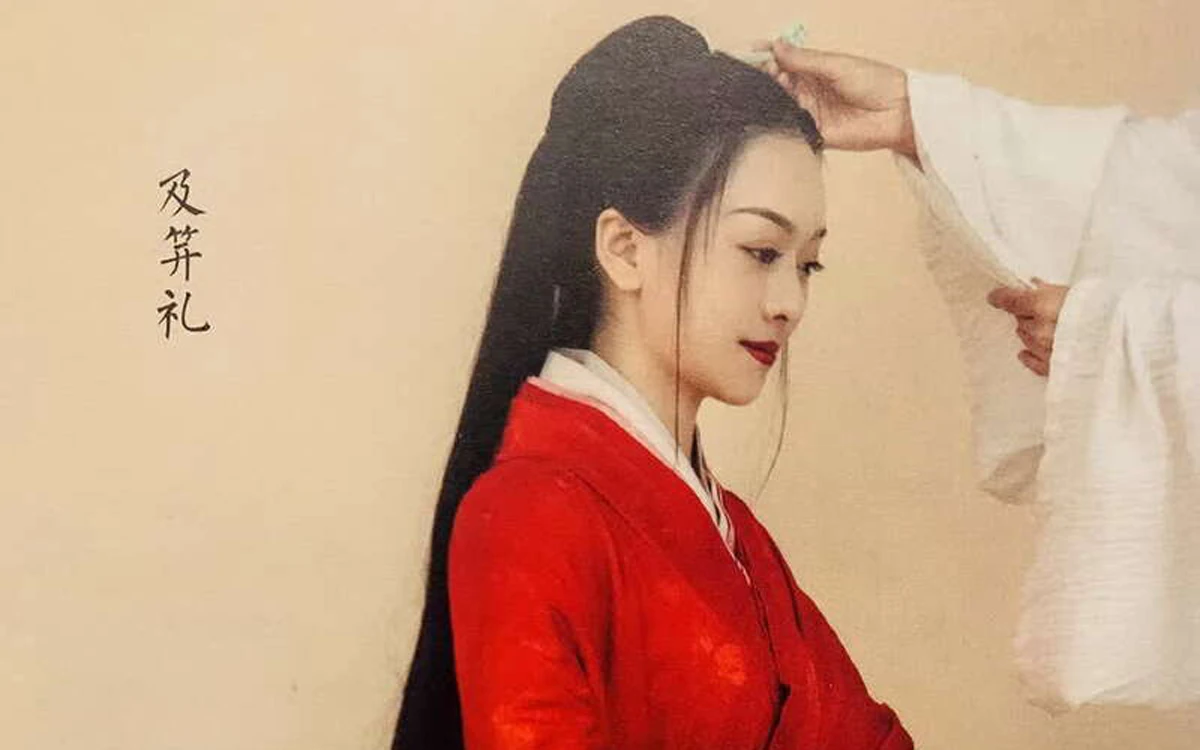
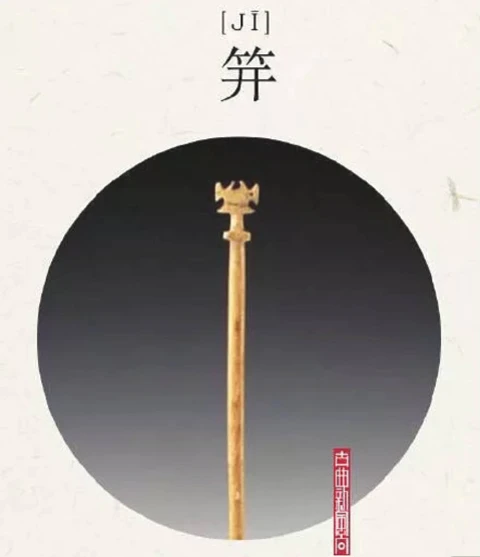
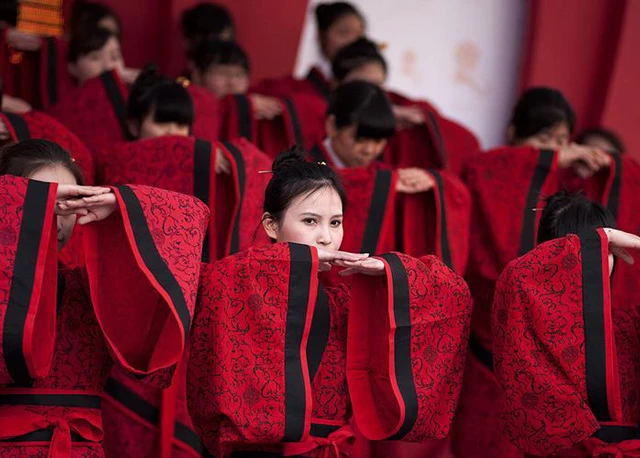
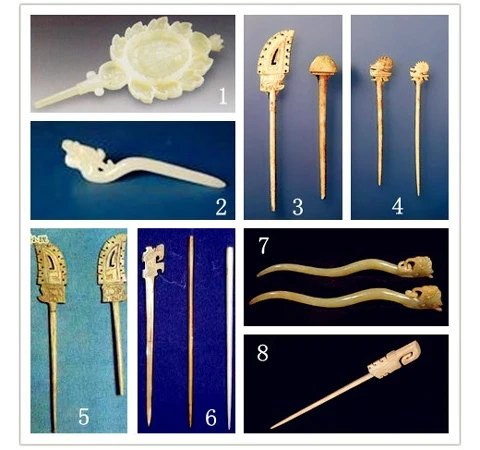
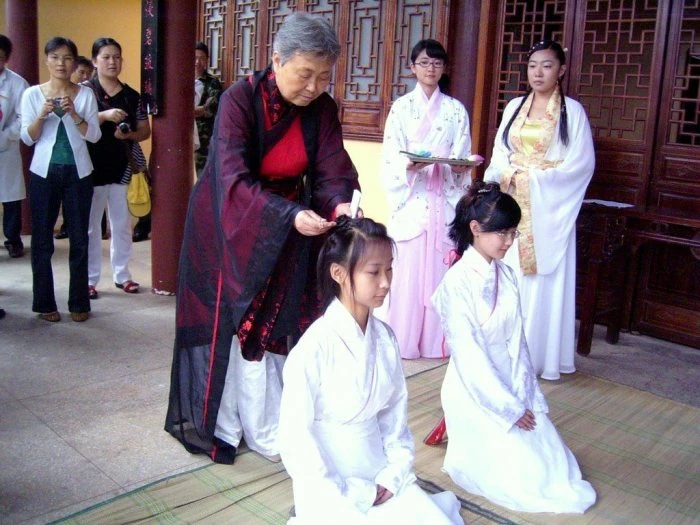
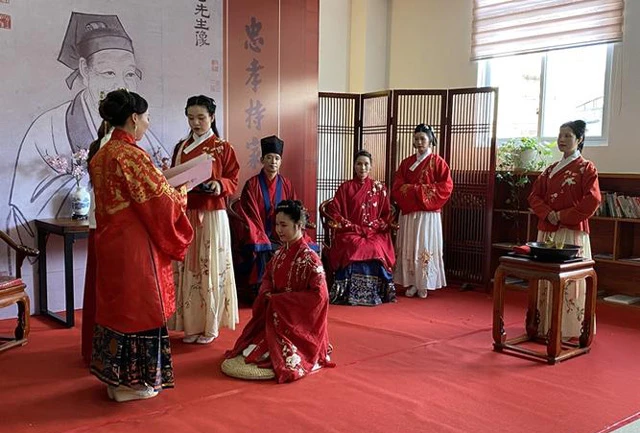
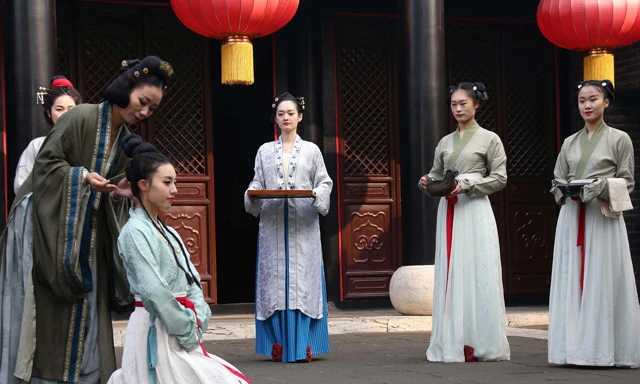
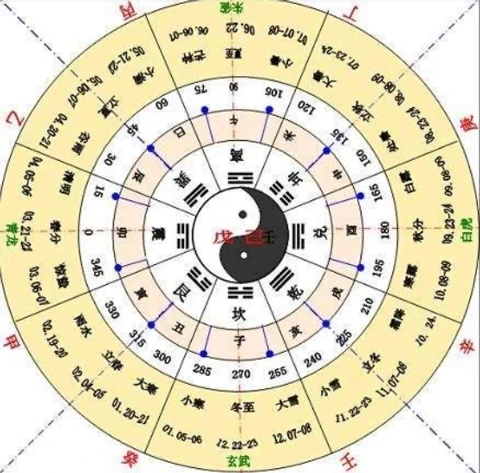

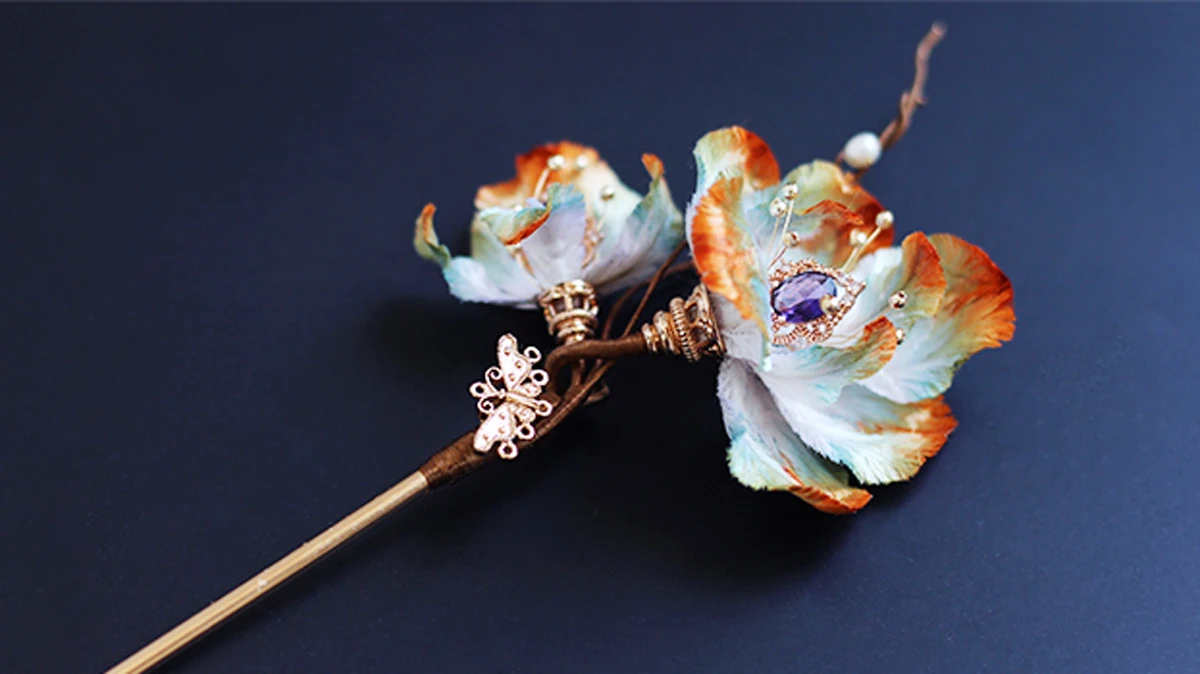
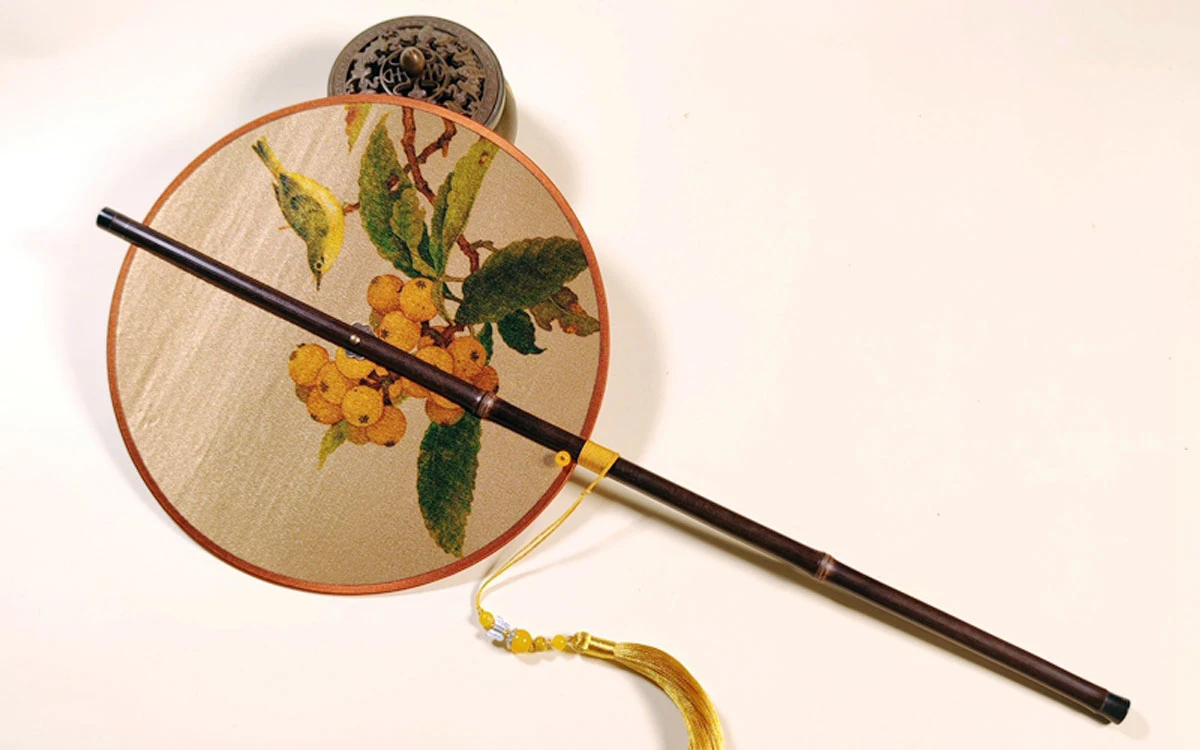

The part about the details of the ceremony is very interesting. I didn't know people were stil doing it, I wish I did. Modern life tend to lack rituals like this. However I find there are a lot of repetitions in this article, which is a shame. And it is not true that women werent't educated in ancient times, they were, it expected of a young girl of a good family to be well read and cultivated.
Interesting that this custom continued in some family. Before I turn 15 my mom was also thinking of bringing me back to China to go through this. As for education, in the earliest age when people still have to worry about the food daily family are more willing to have women stay home and contribute. I believe in around Tang dynasty, wealthier family can have female participated in education but commoner might still think it is not worth it. Then a stabilized education system and mindset developed at the beginning of Republic of China.
Apalagi zaman sekarang tambah modern, menjadi negara yang maju
Yep! Lots of history in one thing.
Unik banget, sudah berkembang sejak dulu
wow, Chinese ancient culture is so amazing
Definitely, very complex but interesting at the same time!